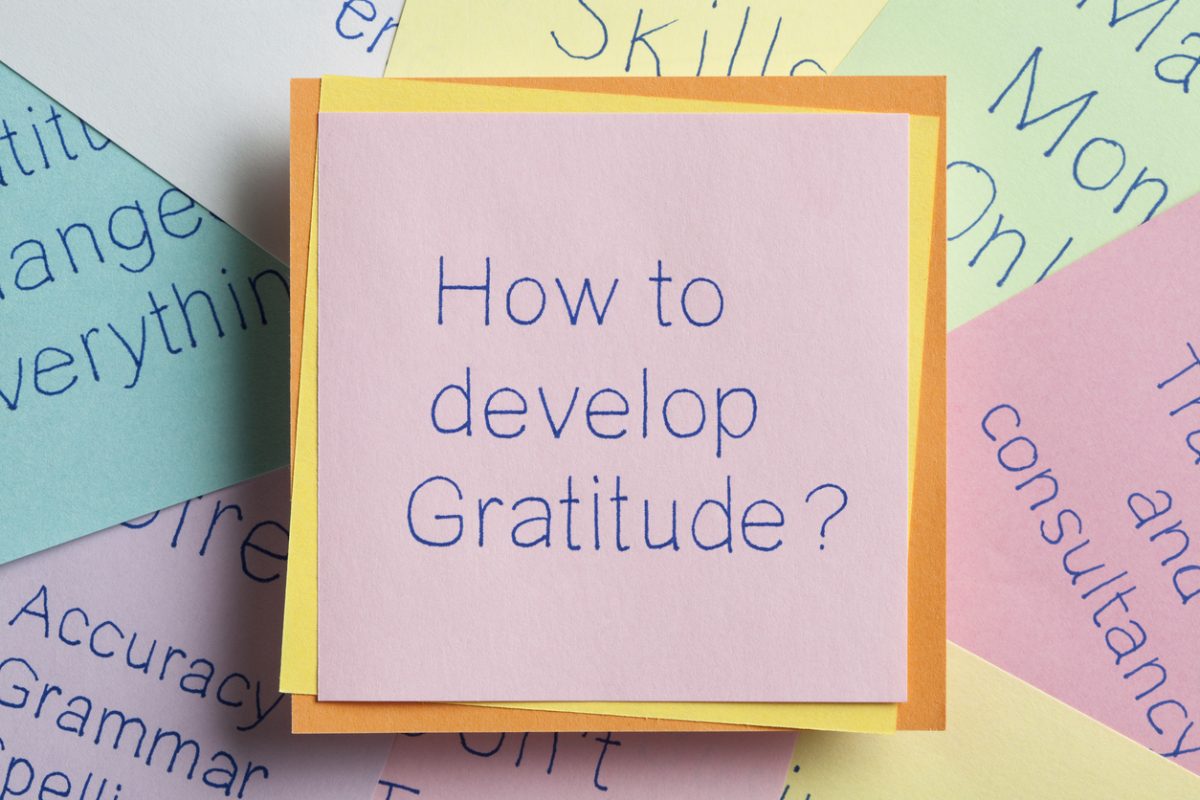
Sober living homes are environments specifically designed around creating an average living situation for those recovering from addiction, to prepare them for the challenges of living with the early consequences of recovery, and the struggle of maintaining long-term sobriety. However, instead of seminars, lifestyles built around residential treatment, or a focus on rehabilitation and hospitalization, sober living homes are designed as post-rehab centers created for those who want a transitory period between their rehabilitation and “real life.”
Of course, life is life – rehab is no less real than any other period in your life, but the struggles of dealing with the responsibilities of a fully-fledged life after a crippling addiction can be difficult. Sober living homes are usually for those who have struggled with addiction to the point that they’ve lost their jobs, lost their homes, and lost every anchor point to a previous life, aside from, perhaps, the support of their loved ones.
Through a sober living home, those recovering from addiction must dedicate themselves to a strict set of local rules, usually loosely adapted from a generalized rule set present in every sober living facility:
The Rules of Sober Living
Sober living homes take no measures to implicitly remove responsibility from you. Instead, they exist to place you in a community of other people who struggle with recovery, as both a source of motivation and long-term inspiration. Typically, they require you to:
- Consistently pay rent and utilities.
- Attend a form of treatment or group activity.
- Actively look for work, or attend a school, or some other form of activity promoting self-improvement.
- Accept regular and random drug testing, commonplace in the workforce.
- Agree to refrain from parties and overnight guests.
Sober living entails active sobriety – that means no drugs or alcohol, although exceptions are made in certain cases due to the need for prescribed medication by some struggling with addiction.
All in all, sober living homes aren’t meant to be a permanent solution, but rather a transitory situation – a place to go after recovery to grow and improve, work through your emotional turmoil and the common difficulties of early recovery, and then move out on your own into the world with confidence in yourself, your abilities, your identity as a strong and willful individual, and your sobriety.
Some sober living homes are co-ed, most are not. This is to avoid any complications of sexual tension – recovery can be a period of emotional turmoil, and relationships aren’t a good idea in early recovery, unless they’re a steady and sure source of strength, accountability, and responsibility.
Additionally, some sober living homes are staffed with psychiatric professionals to provide in-house therapeutic treatment, and help in medical emergencies and other situations where a professional is needed.
Through these simple rules and structures, most sober living homes achieve a spectacular success rate. They’re often combined with a treatment program such as the twelve-step program to create a structured life for those struggling with early recovery, and the sense of community and responsibility can be enough to discourage relapse and create a sense of self-worth powerful enough to deny addiction.
What Does It Take to Be Successful?
There are no tricks, no distinct steps, and no strict pathways when walking the road of recovery. Every single person’s struggle is individual, and ultimately, everyone should work to find their own way to cope with addiction without resorting to the addiction’s unhealthy habits. Stress management through meditation, mindfulness, sports, art, writing, acting, work – the idea is simple: “whatever floats your boat.”
All you need to bring to the table is the will to improve. Even when faced with setbacks and relapse, all it takes is your dedication to getting back onto the horse and trying harder. When you enter a sober living home, you’re entering a community, and the rules of the community apply. Every community has its own rules, and abiding by them is critical if you want to be a part of that community.
Will is critical to the success of recovery in a way that is entirely separate to sober living homes, and that’s the fact that even with the help that a community can provide, addiction is something you must actively fight. You can’t be “carried” through your recovery – every step is one you must make on your own, and it’s your will that will drive you towards long-term sobriety, and not the will or strength of those around you.
In a way, addiction can be described as a learning disorder – one where you must overcome addiction by realizing its viciousness, and seeking out the long-term benefits of sobriety over the short-term pleasure and solace than addiction gives you. That is something you should do on your own – but it doesn’t mean you’re alone in the fight.
You Are Not Alone
The final key thing about sober living homes is that they ultimately exist to assist those who seek help in regaining control over their lives. It’s one thing to stand back up when life beats you down. It’s another to have the strength to call out for help, and fight back against your misfortunes with the help of others.
It’s when we find meaning in ourselves through how we can help others and become an important figure in the lives of those who matter most to us, that we finally overcome addiction. In a way, addiction feeds on our insecurities, and the misguided realization that we’re weak. However, if we can find passion within ourselves, and accountability towards others, a reason to be responsible and possess the will to do what must be done rather than what is easy, then we can deny our addiction at every step of the way, and lead on towards long-term recovery.
Sober living homes embody this philosophy perfectly by creating an environment where you are encouraged to be strong, to be independent, and yet to seek help whenever you need it. It encourages you not to be shy of opening to others, and helps you see the benefit in both asking for help, and helping those who ask for it. They blend both the individual journey, and the aspects of community that are necessary within recovery. And to many, they’re the best available approach for long-term sobriety.









